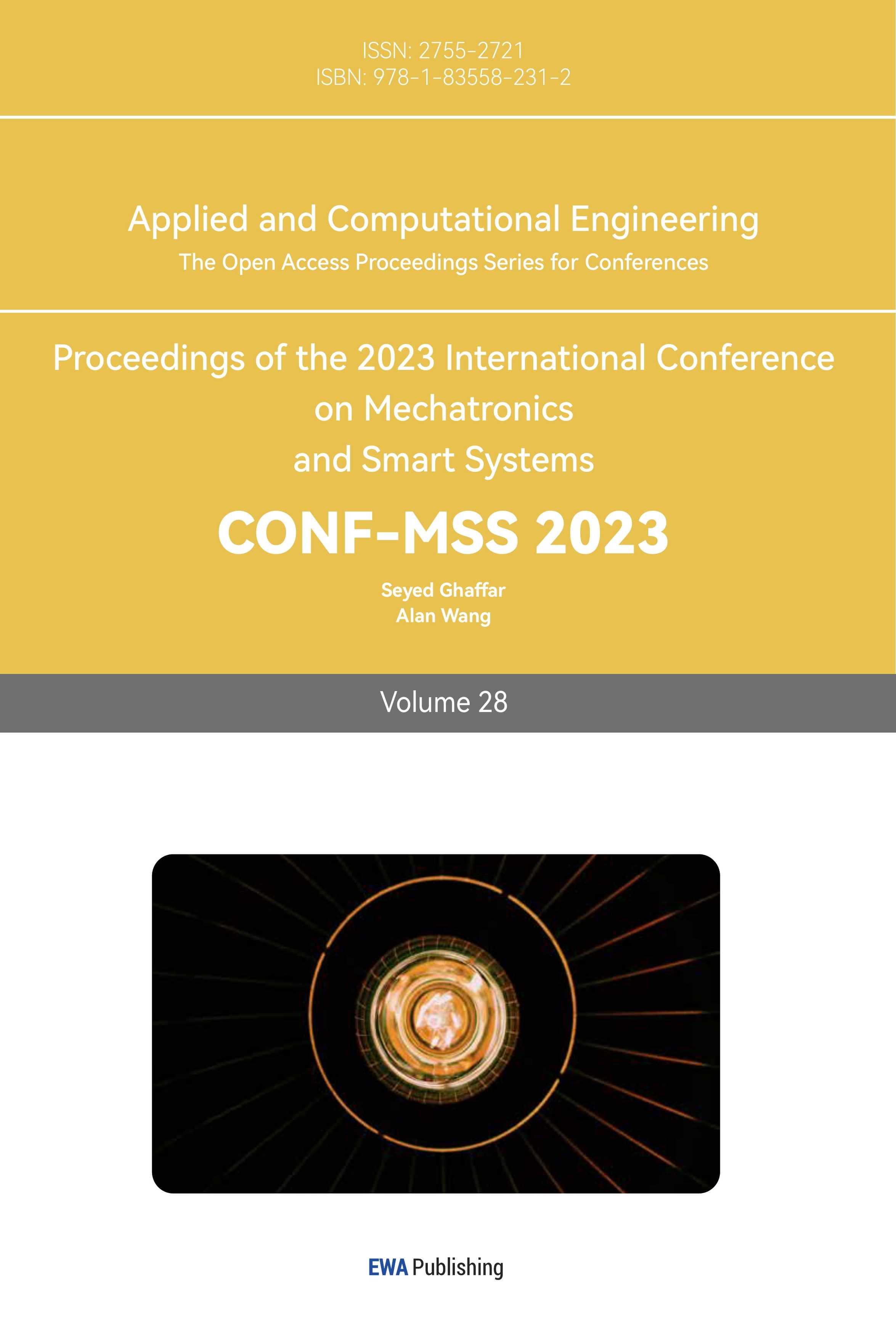1. Introduction
In the beginning, when humans relied solely on their legs as their primary mode of transportation. They walked to their destinations, which included foraging, hunting, and traveling to new territories. As societies became more complex, humans developed various modes of transportation, including boats, carriages, and trains. However, the most recent and arguably the most significant development in transportation has been air travel. Air travel has revolutionized the way we travel. It allows us to travel across the globe in a matter of hours, something that was unimaginable just a few centuries ago. The popularity of air travel has grown exponentially, and it is now one of the most common modes of transportation for long-distance travel.
The evolution of air travel has been a product of interdisciplinary design, which involves intricate analyses of various fields, including engineering, physics, mathematics, and computer science [1]. These fields work in conjunction to create an efficient and effective airplane design that can withstand the forces of nature and fly at high speeds. One of the main focuses of aircraft design has been aerodynamics. Aerodynamics is the study of how air moves around objects, and it plays a crucial role in airplane design. The goal of aerodynamics is to maximize an airplane's efficiency in terms of fuel consumption and speed while minimizing drag and turbulence.
During take-off and landing, airplanes experience the most complicated set of factors that must be taken into consideration when designing an aircraft. The take-off and landing phases of flight require a complex interaction of various factors, including wind direction, runway length, and weight distribution. These factors are critical in ensuring a safe and efficient take-off and landing. The take-off phase of flight involves several critical factors that must be considered to ensure a successful take-off. One of the most important factors is the length of the runway. The length of the runway must be long enough to provide enough distance for the airplane to reach take-off speed. The take-off speed varies depending on the size and weight of the airplane. For larger airplanes, the take-off speed can exceed 200 mph.
Another critical factor during take-off is the angle of ascent. The angle of ascent determines how quickly the airplane gains altitude. If the angle of ascent is too steep, the airplane can stall, which can be dangerous. If the angle of ascent is too shallow, the airplane may not reach the necessary altitude to clear any obstacles. The landing phase of flight is equally critical, and it involves many of the same factors as the take-off phase. The landing speed varies depending on the size and weight of the airplane, and the length of the runway must be long enough to allow for a safe landing. The angle of descent is also crucial during landing. If the angle of descent is too steep, the airplane can come in too fast and potentially crash. If the angle of descent is too shallow, the airplane may not be able to reach the runway and may have to go around for another attempt. To maximize the efficiency and safety of air travel, aircraft designers continue to push the boundaries of what is possible. They are constantly exploring new materials and technologies that can improve the performance and safety of airplanes.
One such technology that is currently being explored is electric propulsion. Electric propulsion involves using electric motors to power an airplane, rather than traditional jet engines. Electric propulsion has the potential to reduce fuel consumption and emissions while increasing the safety of air travel. Another technology that is being explored is artificial intelligence. Artificial intelligence can be used to optimize airplane designs, predict weather patterns, and improve air traffic control systems. By harnessing the power of artificial intelligence, aircraft designers can create safer, more efficient airplanes that can withstand the forces of nature and provide a comfortable and enjoyable travel experience for passengers.
2. Theory
For aircrafts to take off, they must move forward with a certain speed on the runway. The relative motion of air to airfoils results in a pressure differential between the top and bottom surface of airfoils given that the shape of airfoils is necessarily unsymmetrical. This pressure differential will generate an upward lift force to counter downward gravity. This conclusion is derived from Bernoulli’s Principle.
On the horizontal axis, this initial velocity comes from the propelling force provided by the aircraft engines called thrust which acts in the forward direction. Meanwhile, backward drag hinders the motion, which usually originates from air resistance.
Airplane take-off and landing are critical moments in aviation, where various factors are involved. The force analysis of aircraft take-off mainly consists of lift, weight, thrust, and drag. During take-off, an aircraft must generate enough lift to overcome its weight and accelerate along the runway to reach its lift-off point. This is where the angle of attack remains positive throughout, as illustrated in Figure 1 [2]. Thrust is the force that propels an aircraft forward. During take-off, the engine generates enough thrust to create an initial speed on the runway, which then generates enough lift for the aircraft to take off. The amount of thrust required for take-off depends on several factors, including the weight of the aircraft, the speed of the wind, and the length of the runway. To achieve lift, the airflow over the wings must be faster than the speed of the aircraft.
The wing's shape, size, and angle of attack determine the amount of lift it can generate. The angle of attack is the angle between the wing's chord line and the direction of the airflow. The angle of attack needs to be positive throughout take-off to generate lift. The aircraft's wings generate lift by creating a difference in air pressure between the top and bottom of the wing. The curved shape of the wing causes air to move faster over the top, creating an area of low pressure, while the bottom surface creates an area of high pressure. This difference in pressure generates lift, which allows the aircraft to take off. During landing, the aircraft gradually slows down, and the lift generated is no longer enough to support the weight of the aircraft. As a result, the aircraft gradually descends until it reaches the horizontal runway, as illustrated in Figure 2. The angle of attack becomes negative as the aircraft slows down, reducing the lift generated by the wings. The pilot can adjust the angle of attack using the aircraft's flaps and slats to increase lift and reduce the speed of the aircraft during landing.
The ratio of lift to drag is an essential factor in aircraft design. A high ratio of lift to drag allows the aircraft to fly more efficiently, requiring less thrust to maintain its altitude. The lift generated at given kinematic conditions can be much larger than the resultant drag on the wing. A high lift-to-drag ratio means that the aircraft requires less power to maintain its speed and altitude. This is important as it reduces fuel consumption and increases the aircraft's range. Newton's Third Law of Motion plays a crucial role in understanding how an aircraft generates lift. The law states that for every action, there is an equal and opposite reaction. As the wing pushes the air downward, the air then pulls the wing upward, creating lift [3]. The force of the lift generated by the wings must be greater than the weight of the aircraft to achieve lift-off.
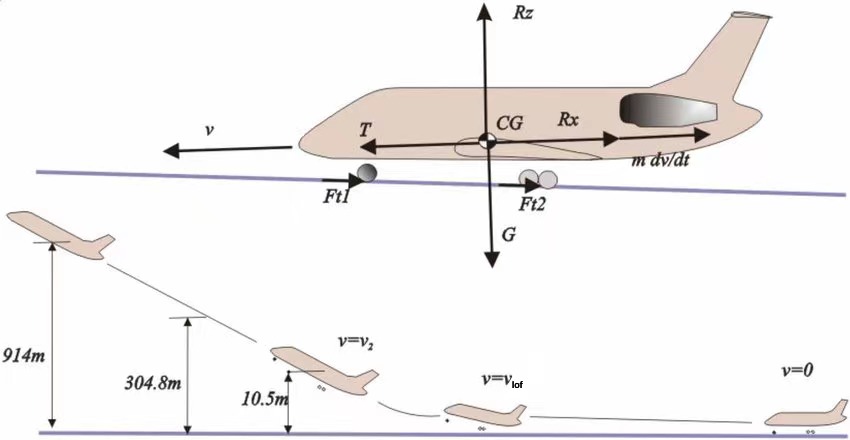
Figure 1. Force analysis of take-off [2].
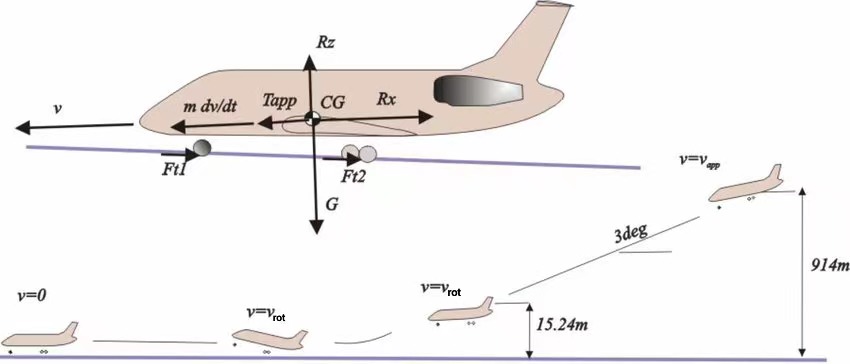
Figure 2. Force analysis of landing [2].
3. Analysis of take-off and landing
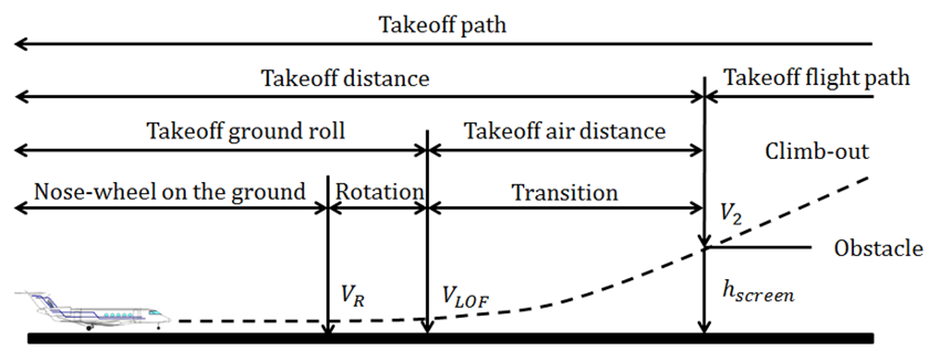
Figure 3. Phases of take-off [3].
The ground roll, rotation, and lift-off are the three separate phases of the take-off maneuver, as depicted in Figure 3. The aircraft's longitudinal motion on the runway as it starts to accelerate and reaches rotation speed VR during the ground roll phase is the only degree of freedom. The spinning portion starts after the VR speed has been reached. During this phase, the airplane revolves around its main landing gear and stops when its wheels are raised off the ground. The lift-off phase is then followed by the start of the ascent phase, during which the aircraft travels in a roughly circular path. At the end of a runway, according to Federal Aviation Regulations (FAR), an aircraft must climb to a height of 35 feet, and its speed (V2) at that point cannot be less than 1.2 times the stall speed with the flaps extended [4].
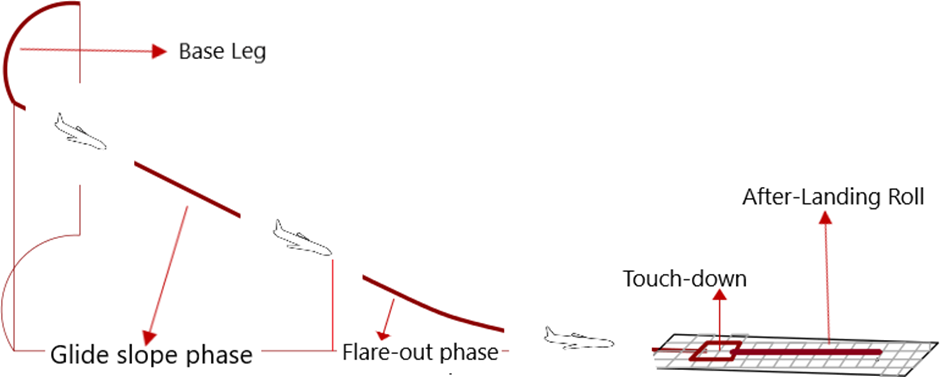
Figure 4. Phases of landing [5].
The ground roll, rotation, and lift-off are the three separate phases of the take-off maneuver, as depicted in Figure 3. The aircraft's longitudinal motion on the runway as it starts to accelerate and reaches rotation speed VR during the ground roll phase is the only degree of freedom. The spinning portion starts after the VR speed has been reached. During this phase, the airplane revolves around its main landing gear and stops when its wheels are raised off the ground. The lift-off phase is then followed by the start of the ascent phase, during which the aircraft travels in a roughly circular path. At the end of a runway, according to Federal Aviation Regulations (FAR), an aircraft must climb to a height of 35 feet, and its speed (V2) at that point cannot be less than 1.2 times the stall speed with the flaps extended [4]. Generally, the landing phase is split into four segments. approach, flare-out, touch-down and after-landing roll, as shown in Figure 4 [5].
4. Correction factors
Friction between the wheels and the runway is essential for a secure landing because it increases the risk of planes veering off the runway. Therefore, accurately measuring the friction coefficient (F-Coe) can help prevent accidents, particularly in severe weather conditions. The friction coefficient is a dimensionless quantity that describes the resistance between two surfaces in contact. Measuring the friction coefficient allows airport operators to ensure that the runways are maintained and cleaned to provide optimal friction, reducing the risk of accidents. In addition to friction, low-level wind shear and turbulence pose severe safety risks to aircraft during take-off and landing. Low-level wind shear occurs when there is a sudden change in wind speed or direction over a short distance. Turbulence occurs when there is a disturbance in the airflow, causing sudden changes in altitude and airspeed. Both low-level wind shear and turbulence can make it difficult for pilots to control the aircraft, particularly during take-off and landing.
Low-level wind shear is one of the main causes of unsuccessful landings, particularly in severe weather conditions. It can cause an aircraft to lose lift and altitude suddenly, increasing the risk of a crash. To mitigate the risk of low-level wind shear, airports are equipped with sensors and weather monitoring systems that can detect sudden changes in wind speed and direction. This information is relayed to pilots, allowing them to adjust their approach to the runway accordingly. Turbulence can also pose a severe safety risk to aircraft during take-off and landing. It can cause sudden changes in altitude and airspeed, making it difficult for pilots to maintain control of the aircraft. Turbulence is caused by a variety of factors, including weather patterns and the aircraft's position relative to the ground. Pilots are trained to recognize the signs of turbulence and adjust their approach to the runway accordingly. While the analysis of the forces involved in aircraft take-off and landing is critical, it is not always accurate. Factors such as friction, low-level wind shear, and turbulence can influence the process and increase the risk of accidents. Accurately measuring the friction coefficient and monitoring weather patterns and wind shear can help mitigate these risks, reducing the likelihood of accidents. Pilots are trained to recognize the signs of turbulence and adjust their approach to the runway accordingly, ensuring safe take-off and landing. By considering these additional factors, we can gain a more comprehensive understanding of the forces involved in aircraft take-off and landing, improving the safety and efficiency of air travel.
Analysis above might not be as accurate as there are some factors neglected in the force analysis which usually do not have a significant influence on the result. For example, friction caused by contact with runway straightforwardly influences the process of braking after aircraft begin to decelerate on the runway(Figure 6), or after a decision to reject a take-off(Figure 5) [6]. It has long been recognized that friction is essential for a secure landing because it increases the risk that planes will veer off the runways. Therefore, it is believed that precisely measuring the friction coefficient (F-Coe) can help prevent accidents, particularly in severe weather conditions [7]. In addition, during the landing, and take-off phases, low level wind shear and turbulence pose a severe safety danger to aircraft. It has been determined that low level wind shear is one of the main causes of unsuccessful landings [8]. While the analysis of the forces involved in aircraft take-off and landing is essential, it is not always accurate, as several factors can influence the process. One such factor is the friction caused by the contact of the aircraft with the runway. The friction between the wheels and the runway affects the braking of the aircraft after it begins to decelerate on the runway, as shown in Figure 6. In the case of an aborted take-off, friction also plays a critical role in stopping the aircraft, as shown in Figure 5.
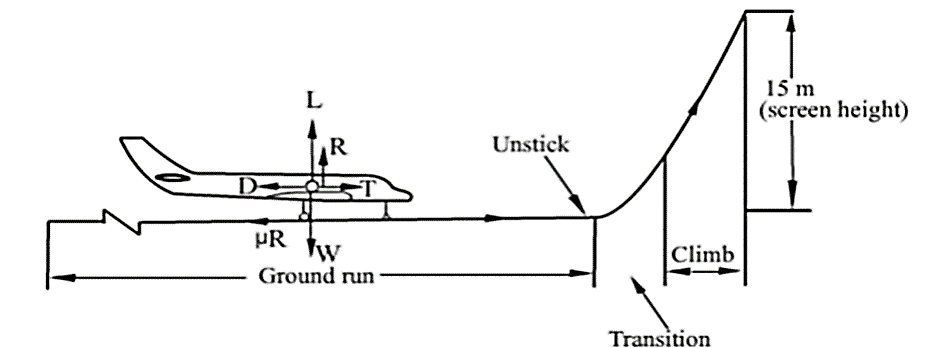
Figure 5. Ground friction during take-off [6].
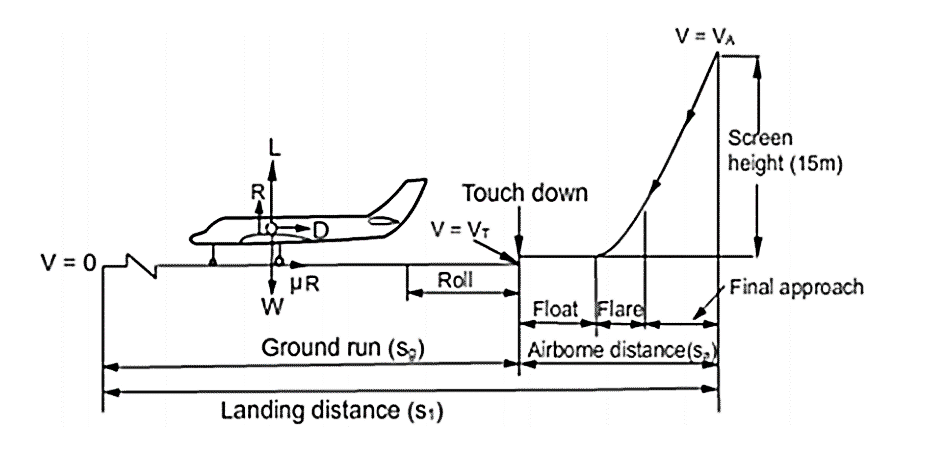
Figure 6. Ground friction during landing [6].
In order to address these interfering effects, most multi-crew airplanes are equipped with anti-sliding braking systems, which prevent tire locking and enable higher levels of braking action for rotating wheels on damp or otherwise slick runways without causing dynamic or viscous aquaplaning. Although concrete or rolled asphalt may be used to build hard surface runways, the underlying principles that determine how responsively an airplane brakes on them are identical (Figure 7) [6]. Using data from flight data recorders, it is possible to create models of operational engine performance that perform better (FDRs). The FDR is the onboard storehouse of operational data from an aircraft that is the most accurate. Moreover, it can evaluate the variability in performance characteristics as well as take into account the influence of nonphysical factors (such as pilot effects and airline operating procedures) on engine performance [9].
Table 1. The coefficient of ground friction of different runways [6].
Type of Runway Surface | Typical Values of μ | |
Rolling (brakes off, take-off conditions) | Brakes on (landing conditions) | |
Dry concrete/asphalt | 0.03-0.05 | 0.3-0.5 |
Wet concrete/asphalt | 0.05 | 0.15-0.3 |
Icy concrete/asphalt | 0.02 | 0.06-0.10 |
Hard turf | 0.05 | 0.4 |
Firm turf | 0.04 | 0.3 |
Soft turf | 0.07 | 0.2 |
Wet grass | 0.08 | 0.2 |
5. Conclusion
The takeoff of an aircraft typically consists of three phases: ground roll, rotation, and lift-off, while landing is composed of four phases: approach, flare-out, touch-down, and after-landing roll. During these phases, the force analysis of aircraft mainly involves upward lift, downward weight, forward thrust, and backward drag. However, ground friction, which can vary with different runways, exerts a hindering effect on take-off or a decelerating effect on landing. While ground friction is usually negligible due to its trivial magnitude compared to the main forces, investigating aircraft takeoff and landing performance is of imperative significance for modern society. In addition to safety considerations, it is also essential to address the environmental impact of air travel. Recent studies have shown that during the landing and takeoff cycle, hydrocarbon, carbon monoxide, and nitrogen oxide emissions are lower than those reported by the International Civil Aviation Organization (ICAO) database. Real-time monitoring of fuel flow data during these phases can lead to a reduction in emissions by up to 34% and 38%, respectively [10]. These findings suggest that modifications to the airfoils and runways can significantly improve the energy efficiency of modern aircraft, reducing fuel consumption and addressing the urgent need for a more environmentally friendly aviation industry. In addition to environmental concerns, understanding the forces at play during takeoff and landing can also help improve aircraft performance and safety. Ground friction, for example, plays a crucial role in braking after an aircraft begins to decelerate on the runway or when a decision to reject takeoff is made. Accurately measuring the friction coefficient can help prevent accidents, particularly in severe weather conditions. Another factor that affects aircraft performance during takeoff and landing is low-level wind shear and turbulence. These conditions can pose a severe safety danger to aircraft and have been identified as one of the main causes of unsuccessful landings. Understanding these factors and their impact on aircraft performance can lead to the development of new technologies and techniques to improve the safety and efficiency of air travel. In conclusion, analyzing the forces that affect aircraft takeoff and landing performance is essential for ensuring safe and efficient air travel. By considering factors such as ground friction, environmental impact, and low-level wind shear, we can continue to improve the energy efficiency and safety of modern aircraft, addressing the needs of both society and the environment.
References
[1]. Alan Tan W M, Sagarna R, Gupta A, Ong Y S and Goh C K 2017 IEEE Computation-al Intellig-ence Magazine 12(4) 48-60.
[2]. Mirosavljević P, Gvozdenović S and Cokorilo O 2010 FME Transactions 38(4) 157-166
[3]. Lokur S V 2020 International Journal of Research Publication and Reviews 1(5) 87-95
[4]. Degaspare T, Paglione P and Marinho C 2015 23rd ABCM International Congress of Mechanica-l Engineering 2
[5]. Gudeta S and Karimoddini A 2019 Advances in Computing and Communications 5674-5679.
[6]. Nandgaonkar S 2021 https://skill-lync.com/student-projects/project-1-powertrain-for-aircraft-in-runways-90
[7]. Neu Y et al. 2021 IEEE Transactions on Instrumentation and Measurement 70 1-17
[8]. O’Connor A and Kearney D 2018 International Journal of Aviation, Aeronautics and Aerospace 5(4)
[9]. Yashovardhan S C and Hamsa B 2014 6th International Conference on Research in Air Transpor-tation(ICRAT 2014)
[10]. Enis T Turgut, Cavcar M, Usanmaz O, Ozan D Yay, Dogeroglu T and Armutlu K 2017 Transpor-tation Research Part D. Transport and Environment 53 249-262
Cite this article
Feng,J. (2023). Analysis of aerodynamic characteristics of aircraft during take-off and landing. Applied and Computational Engineering,28,92-98.
Data availability
The datasets used and/or analyzed during the current study will be available from the authors upon reasonable request.
Disclaimer/Publisher's Note
The statements, opinions and data contained in all publications are solely those of the individual author(s) and contributor(s) and not of EWA Publishing and/or the editor(s). EWA Publishing and/or the editor(s) disclaim responsibility for any injury to people or property resulting from any ideas, methods, instructions or products referred to in the content.
About volume
Volume title: Proceedings of the 2023 International Conference on Mechatronics and Smart Systems
© 2024 by the author(s). Licensee EWA Publishing, Oxford, UK. This article is an open access article distributed under the terms and
conditions of the Creative Commons Attribution (CC BY) license. Authors who
publish this series agree to the following terms:
1. Authors retain copyright and grant the series right of first publication with the work simultaneously licensed under a Creative Commons
Attribution License that allows others to share the work with an acknowledgment of the work's authorship and initial publication in this
series.
2. Authors are able to enter into separate, additional contractual arrangements for the non-exclusive distribution of the series's published
version of the work (e.g., post it to an institutional repository or publish it in a book), with an acknowledgment of its initial
publication in this series.
3. Authors are permitted and encouraged to post their work online (e.g., in institutional repositories or on their website) prior to and
during the submission process, as it can lead to productive exchanges, as well as earlier and greater citation of published work (See
Open access policy for details).
References
[1]. Alan Tan W M, Sagarna R, Gupta A, Ong Y S and Goh C K 2017 IEEE Computation-al Intellig-ence Magazine 12(4) 48-60.
[2]. Mirosavljević P, Gvozdenović S and Cokorilo O 2010 FME Transactions 38(4) 157-166
[3]. Lokur S V 2020 International Journal of Research Publication and Reviews 1(5) 87-95
[4]. Degaspare T, Paglione P and Marinho C 2015 23rd ABCM International Congress of Mechanica-l Engineering 2
[5]. Gudeta S and Karimoddini A 2019 Advances in Computing and Communications 5674-5679.
[6]. Nandgaonkar S 2021 https://skill-lync.com/student-projects/project-1-powertrain-for-aircraft-in-runways-90
[7]. Neu Y et al. 2021 IEEE Transactions on Instrumentation and Measurement 70 1-17
[8]. O’Connor A and Kearney D 2018 International Journal of Aviation, Aeronautics and Aerospace 5(4)
[9]. Yashovardhan S C and Hamsa B 2014 6th International Conference on Research in Air Transpor-tation(ICRAT 2014)
[10]. Enis T Turgut, Cavcar M, Usanmaz O, Ozan D Yay, Dogeroglu T and Armutlu K 2017 Transpor-tation Research Part D. Transport and Environment 53 249-262





